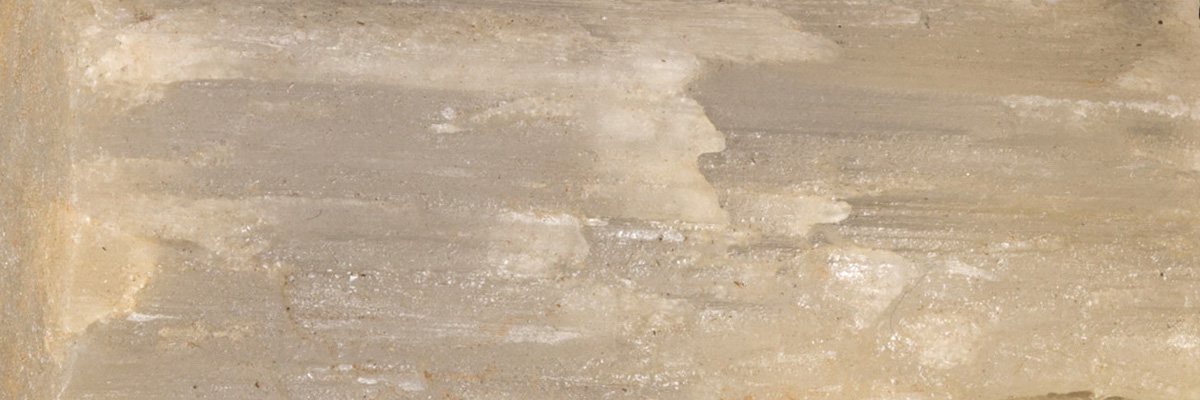Sal ammoniac, also known as ammonium chloride, is a white to colorless mineral belonging to the halide class of minerals. It is characterized by its cubic crystal structure, which is typically found in massive, granular, or fibrous forms. Sal ammoniac is soluble in water and has a sharp, salty taste with a cooling sensation.
Usage
Historically, sal ammoniac played a significant role in various industries and applications. It was used in the production of dyes, in textile printing, and as a flux for soldering metals like tin and zinc. Additionally, it was a key component in the production of dry cell batteries, and in the creation of certain medications for cough and respiratory issues. Today, it continues to be used as a flux in some soldering applications, and in the manufacturing of certain chemicals and fertilizers.
Gemstone
Sal ammoniac is not considered a gemstone due to its solubility, softness, and lack of optical properties suitable for use in jewelry.
Origin
Sal ammoniac forms through the sublimation of volcanic gases or through the natural evaporation of ammonium-rich brines, such as those found in salt deposits or coal beds. It is also produced as a byproduct of the coking process in coal-fired power plants and during the production of ammonia from nitrogen and hydrogen.
Occurrence
Sal ammoniac is found in volcanic regions, near coal seams, and in areas with natural gas deposits. Some of the most notable occurrences are found in Mount Vesuvius, Italy, and the burning coal seams of Centralia, Pennsylvania, United States. Due to its wide range of uses, sal ammoniac is also produced synthetically on a large scale.
Metaphysical
While sal ammoniac is not commonly associated with metaphysical or spiritual practices, some practitioners believe that it can help cleanse negative energies and promote a sense of grounding and stability. Its historical uses in various fields may contribute to its perceived ability to promote adaptability and resourcefulness.
| Class | Halides |
| Formula | NH4Cl |
| Luster | Vitreous |
| Hardness (Mohs) | 1.5 – 2 |
| Streak | White |
| Color | Colorless, white, gray, yellow |
| Cleavage | Perfect in three directions |
| Specific Gravity | 1.53 |


